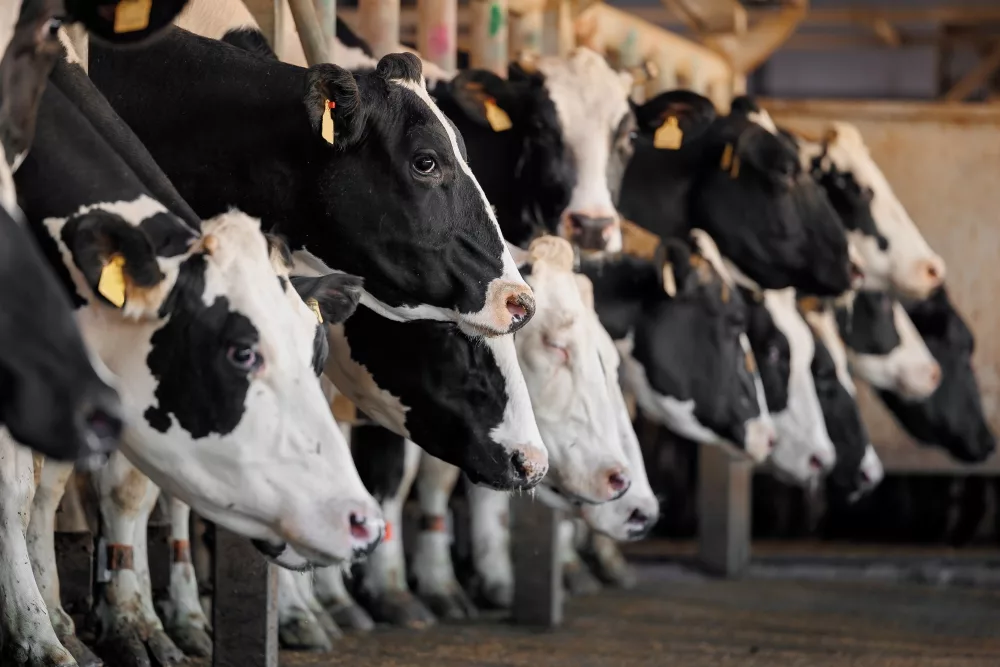The COVID-19 pandemic continues to worsen longstanding labor shortages in the U.S. pork processing industry. Because the production of deboned products requires more labor, associated prices are higher than bone-in product prices, which have smaller labor requirements, according to USDA’s Economic Research Service.
When labor shortages are severe, as in the spring of 2020, when COVID-19-related infections of processing plant employees caused some plants to slow or temporarily shut down production, plant managers often shift labor away from deboning activities. The price of deboned pork products then increases in accordance with reduced supplies, while bone-in product prices decline as supply expands.
Although the price spread declined through early May 2021 as hog numbers declined in a typical seasonal pattern, it did not return to pre-COVID levels. In mid-to-late August, the price spread became increasingly variable and featured several spikes, suggesting that COVID-related impacts on the labor availability of employees is ongoing, and that price spread turbulence is continuing.





